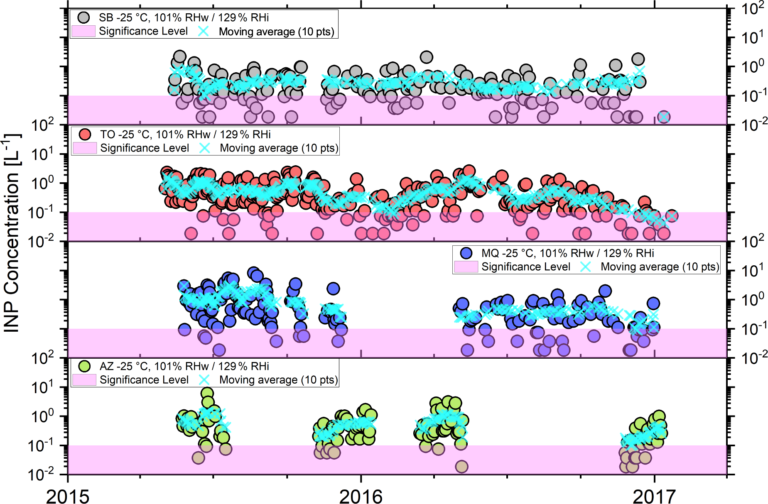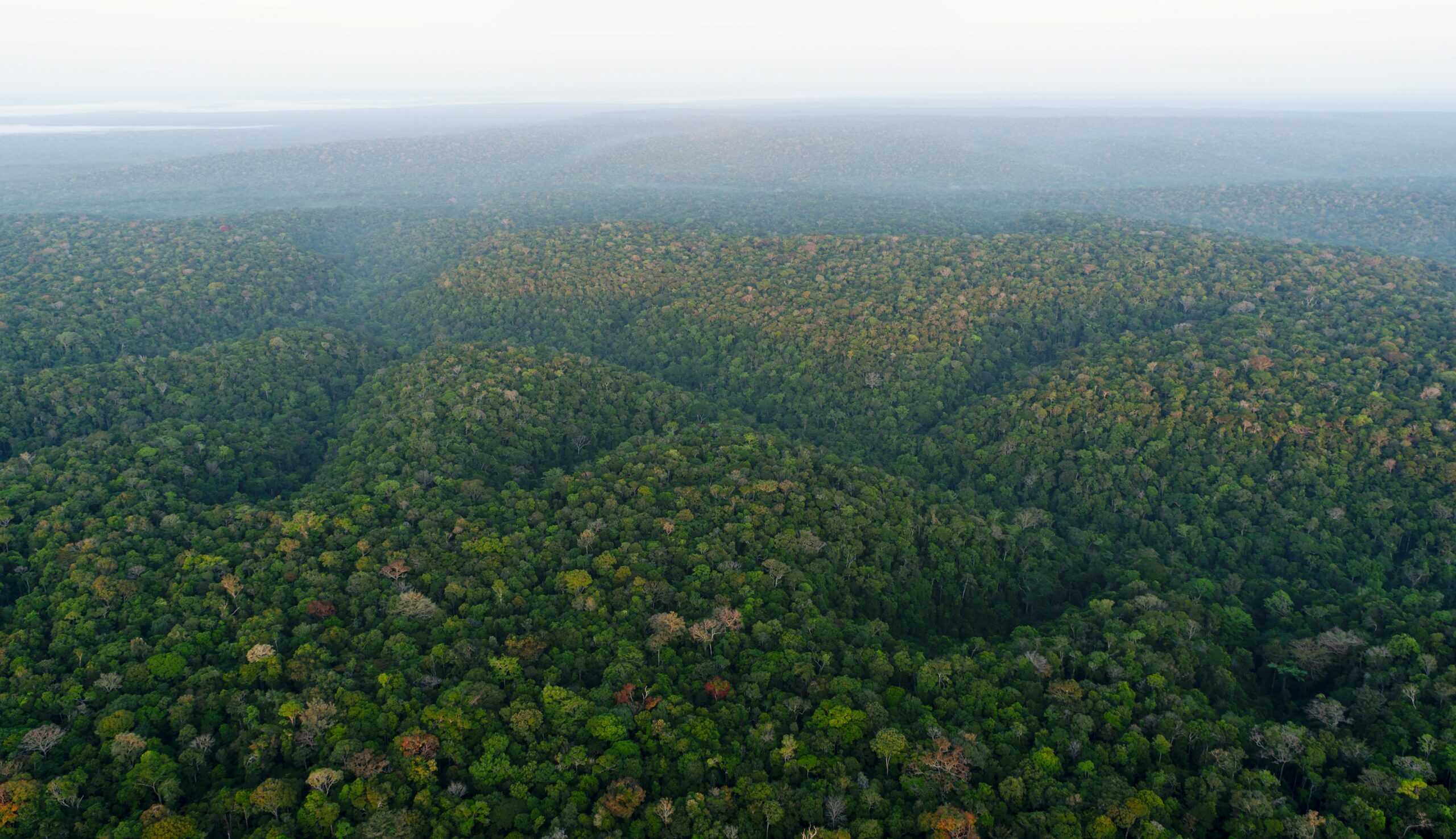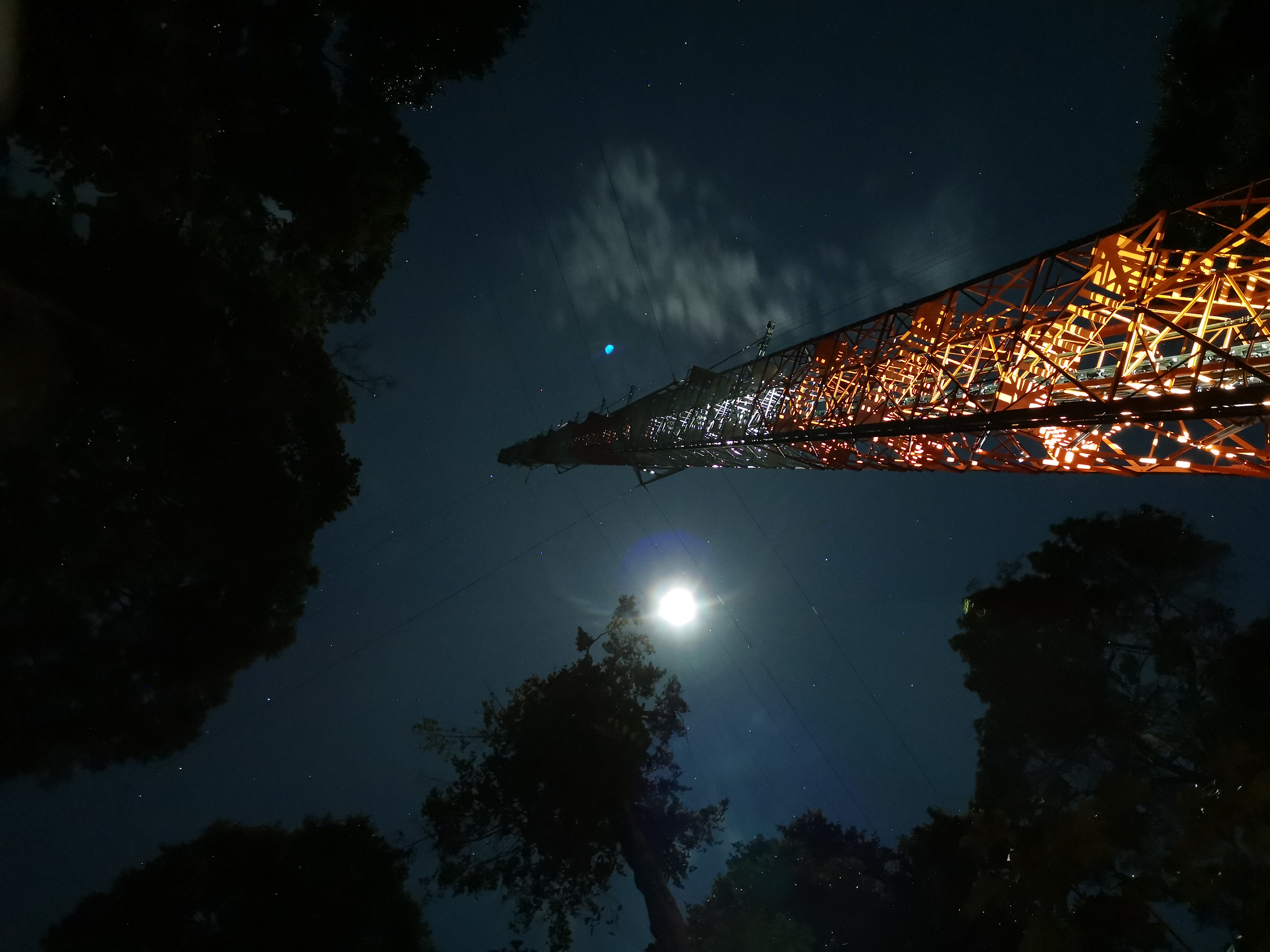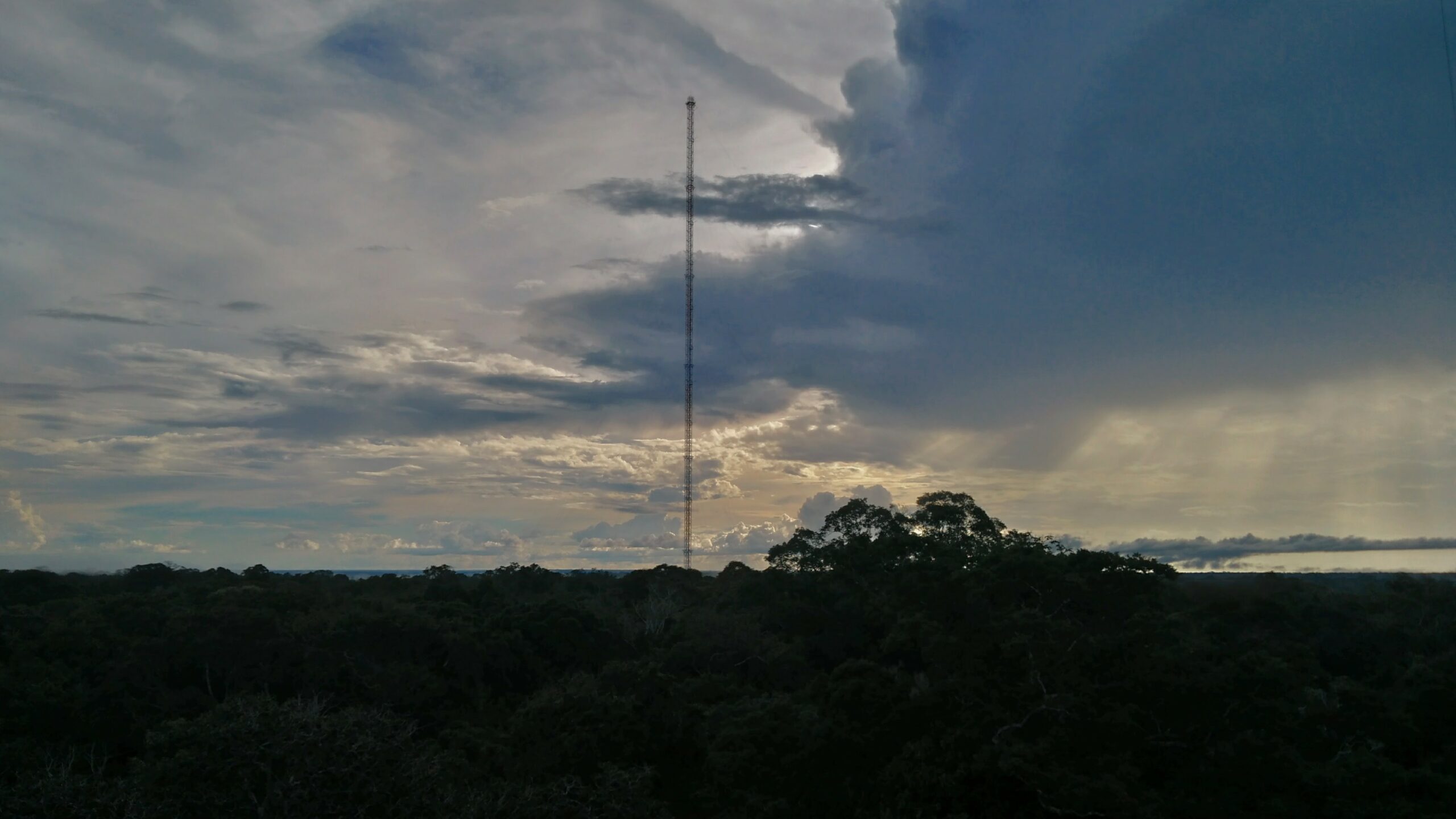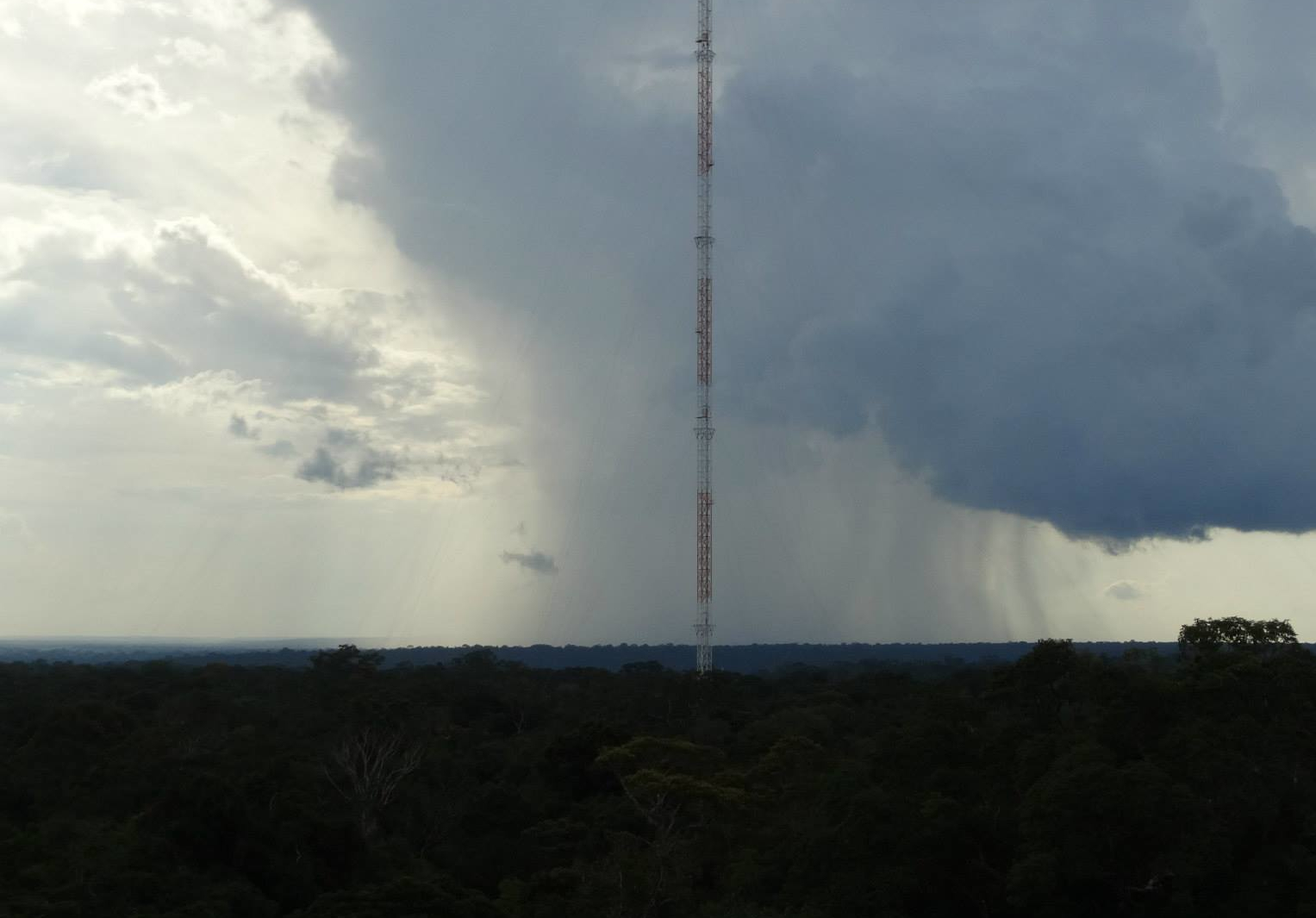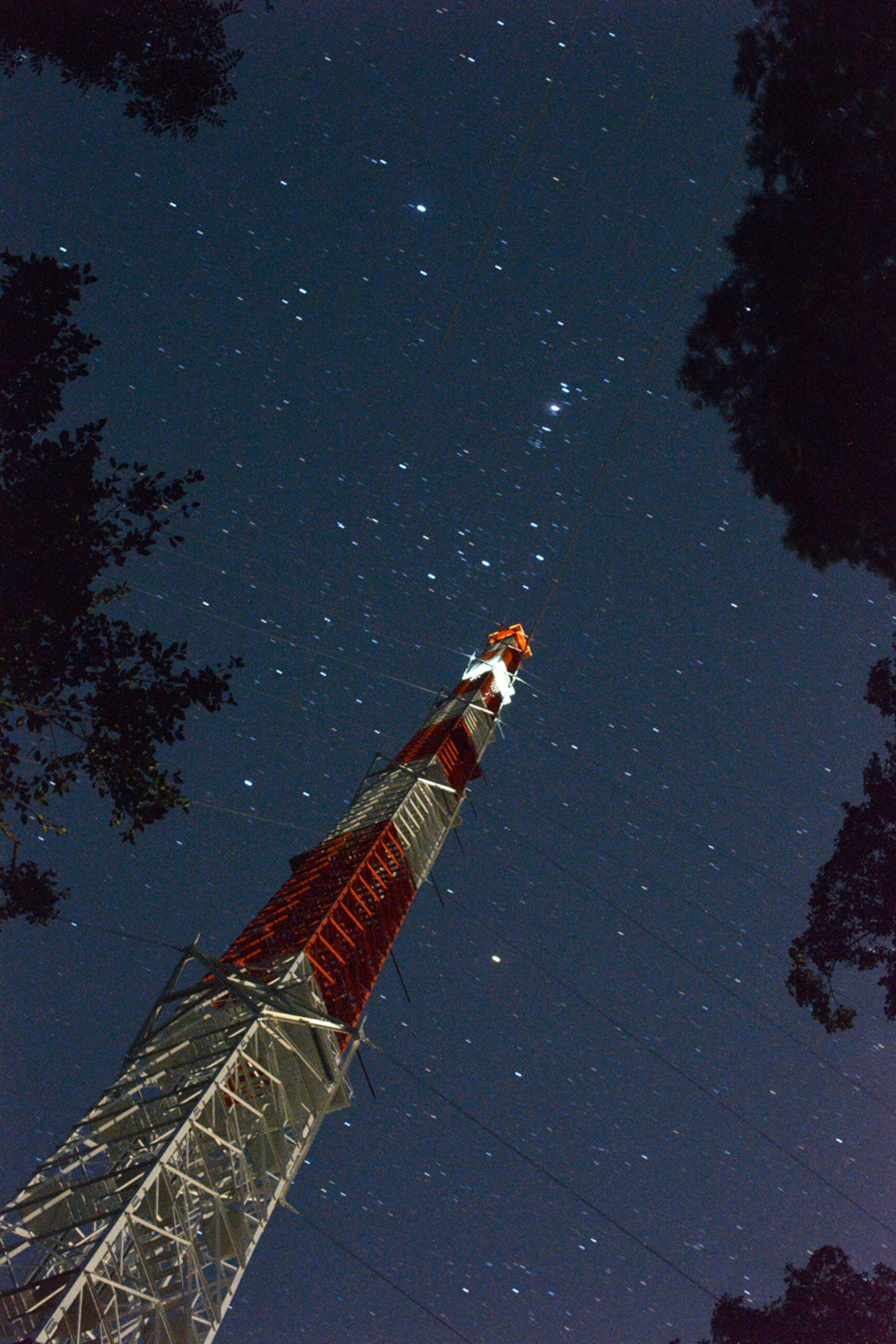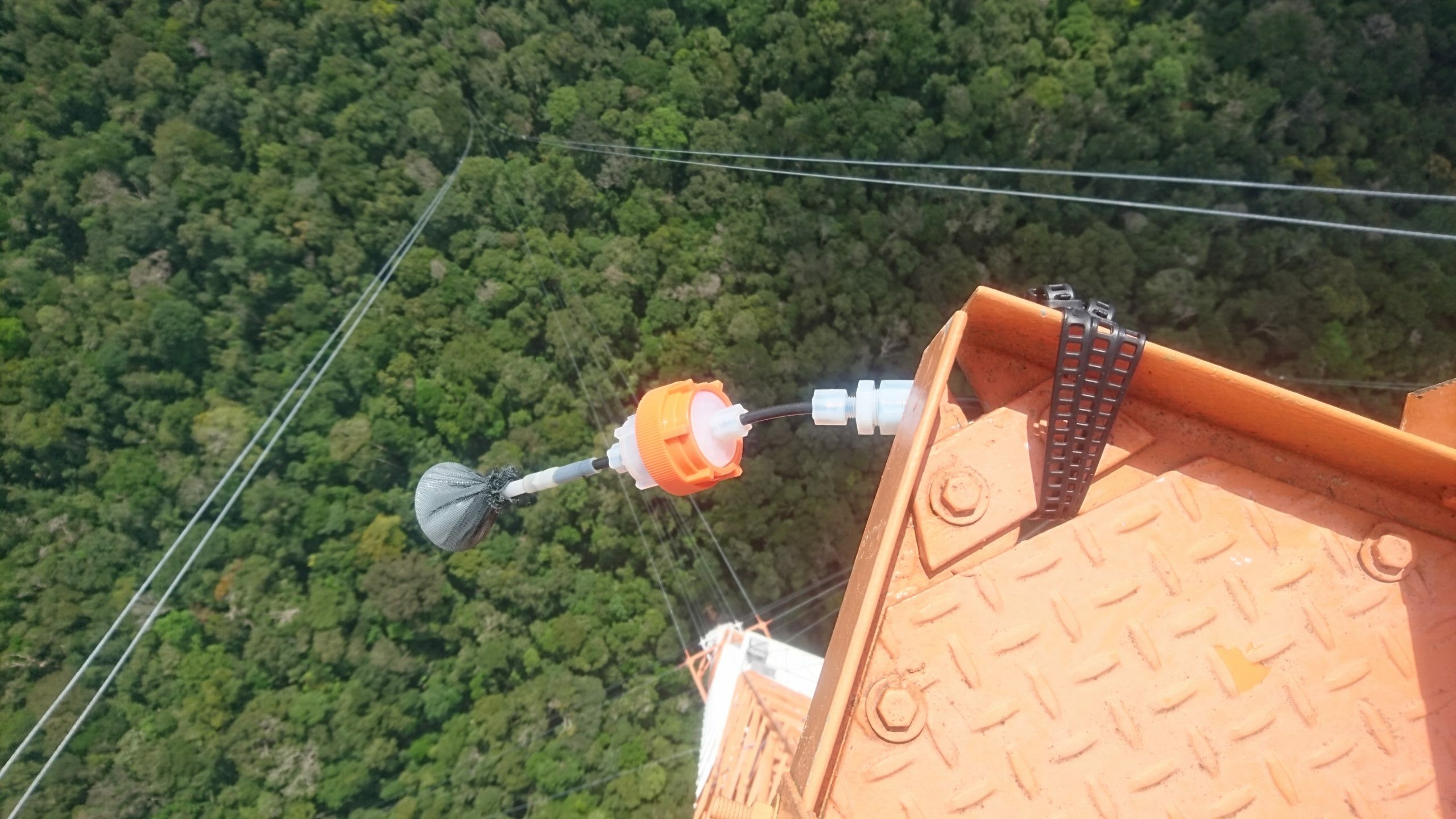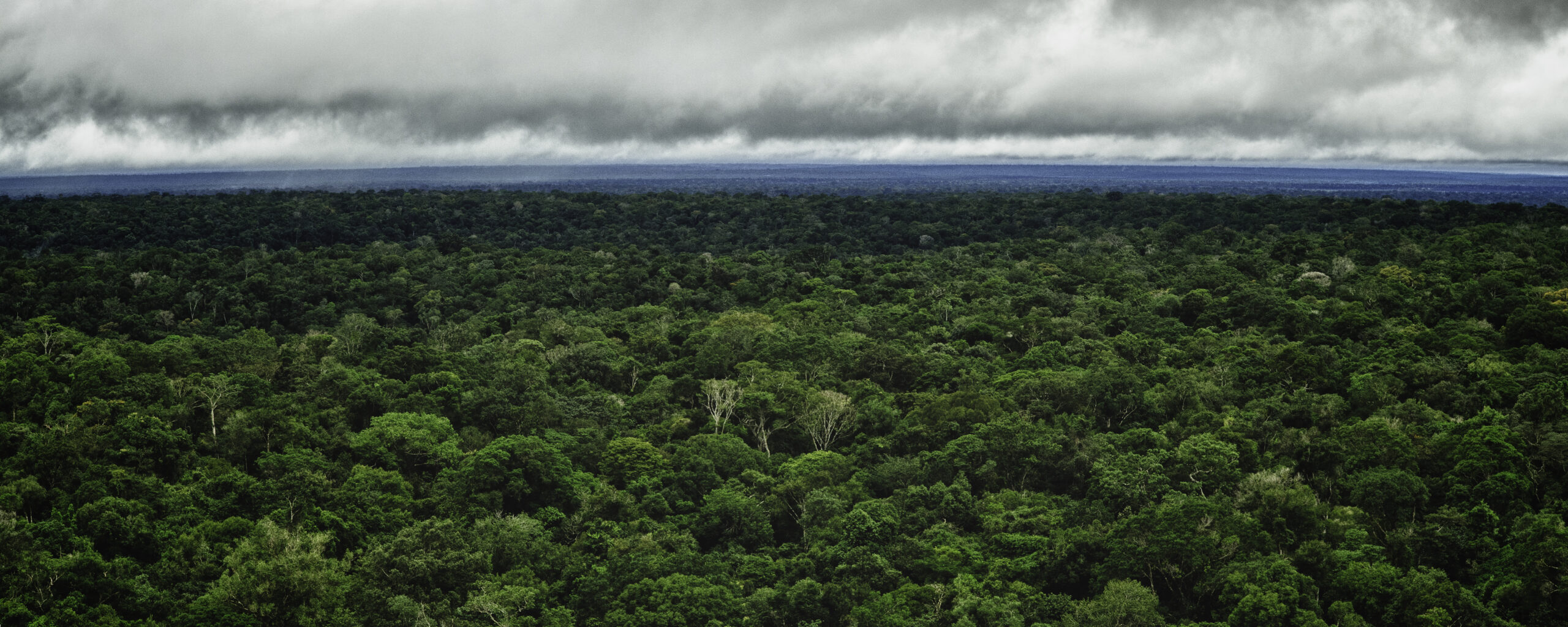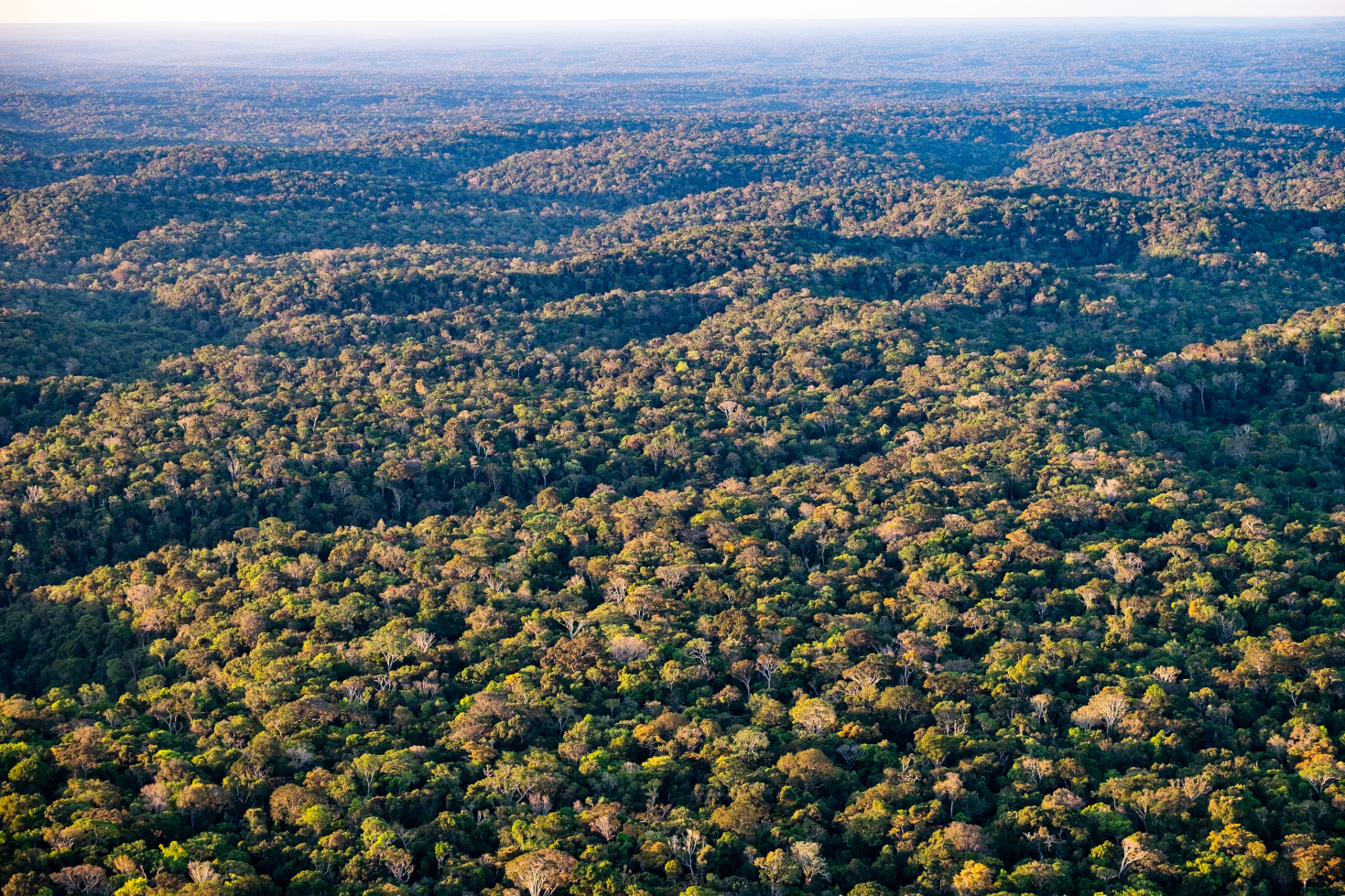Ice-nucleating particles and cloud formation
To form clouds and ultimately enable precipitation, tiny particles called aerosols are crucial. Sometimes, water condensates directly on an aerosol, which functions as cloud condensation nuclei. Other times aerosols will act as ice-nucleating particles (INPs), which means they are seeds for tiny ice crystals instead of water droplets. INPs may be dust or bioaerosols like bacteria or fungal spores, but they are a rare subclass of these aerosols with special properties.
Despite the fact that only few aerosols can act as INPs, the majority of global precipitation is formed through the pathway of ice nucleation. Therefore, this process is extremely important for understanding Earth’s climate. Unfortunately, monitoring INPs in the atmosphere is very complex and labor-intensive. As a consequence, we’re facing large knowledge gaps that include their distribution, seasonal variations and sources. Moreover, we lack conclusive measurements in near-pristine environments. Data from such regions may inform us about pre-industrial conditions. Such a baseline is vital to estimate the anthropogenic effects on INPs and figure out how they might be affected by climate change.
To fill some of those knowledge gaps, Jann Schrod and his co-authors produced a record of long-term measurements of INPs. They collected data for nearly two years at four different locations. One of those sites was ATTO, which can be considered pristine for at least part of the year. The other locations were Martinique in the Caribbean, the Taunus mountain range in Germany and the Norwegian Arctic.
Unresolved mysteries
Their results came as somewhat of a surprise. The research team did not find significant differences in INP concentrations between the four sites. Instead, the measurements usually fell within the same order of magnitude. Moreover, they could not detect any seasonal or interannual trends either. Short-term variably dominated in all of those locations. Furthermore, they could not identify a single physical or chemical parameter that continuously co-varied with INPs. They could also not find evidence for a strong anthropogenic effect on the concentration of INPs at the studied locations, although that might be different at urban sites. Overall, it is important to note, that the study only covered one specific nucleation mode, and the team cannot rule out differences and trends that might exist that they didn’t capture with this particular approach.
In their new study, Jann Schrod and his team couldn’t unravel all the mysteries surrounding ice-nucleating particles, and even ended up with some more questions – something that happens often in scientific research. Crucially though, their findings underline the complex nature of ice nucleation. By compiling this unique dataset, they laid the groundwork for further studies. They highlight how important it is to gather more long-term data of global INPs at highly equipped research stations, which might shed some more light on this important process.
Schrod et al. published the study “Long-term deposition and condensation ice-nucleating particle measurements from four stations across the globe” Open Access in Atmos. Chem. Phys.
Similar articles
In a new study, Luca Mortarini and his colleagues introduce a novel approach to the study of the roughness sublayer, using a cospectral budget model. Its originality lies in not considering the mixing layer analogy to parameterize the turbulence statistics. In addition, it relates them to the different scales of the wind velocity spectrum without making any assumption on the property of the flow.
Eiky Moraes, Cléo Dias-Júnior and their colleagues wanted to find out if the local topography at the ATTO influenced the atmospheric movements. In particular, they were interested in the effect that topography has on the formation of gravity waves. Comparing two simulations, one with and one without topography, revealed some important differences in the dynamics and chemistry of the atmosphere.
Only when the air inside of the forest canopy mixes with the air above can there be exchange. The physical movement of the air, its turbulence, determine how well these two layers of air, the one inside the forest canopy and the one above, mix. Daniela Cava, Luca Mortarini, Cleo Quaresma and their colleagues set out to address some of these questions with two new studies that they conducted at ATTO. They wanted to define the different regimes of atmospheric turbulence or stability (Part 1) and describe the spatial and temporal scales of turbulent structures (Part 2).
In a new study, Marco A. Franco and his colleagues analyzed when and under what conditions aerosols grow to a size relevant for cloud formation. Such growth events are relatively rare in the Amazon rainforest and follow and pronounced diurnal and seasonal cycles. The majority take place during the daytime, and during the wet season. But the team also discovered a few remarkable exceptions.
It is long known that aerosols, directly and indirectly, affect clouds and precipitation. But very few studies have focused on the opposite: the question of how clouds modify aerosol properties. Therefore, Luiz Machado and his colleagues looked into this process at ATTO. Specifically, they studied how weather events influenced the size distribution of aerosol particles.
Polari Corrêa and his co-authors analyzed the atmospheric dynamics in and above the forest canopy during one particular night at ATTO. Those conditions changed throughout the night. Turbulence was followed by the formation of a gravity wave and a low-level jet. It was likely formed due to the breeze from the Uatumã River and the hilly terrain. The study highlights the complex dynamics and mechanisms in the atmosphere above a dense forest.
Bioaerosols may act as cloud condensation nuclei and ice nuclei, thereby influencing the formation of clouds and precipitation. But so far there is less knowledge about the ice nucleation activity of each bioaerosol group and atmospheric models hitherto have not differentiated between them. Patade et al. created a new empirical parameterization for five groups of bioaerosols, based on analysis of the characteristics of bioaerosols at ATTO: fungal spores, bacteria, pollen, plant/animal/viral detritus, and algae. This makes it possible for any cloud model to access the role of an individual group of bioaerosols in altering cloud properties and precipitation formation.
Biogenic volatile organic compounds remove OH from the atmosphere through chemical reactions, which affects processes such as cloud formation. In a new study, Pfannerstill et al. reveal the important contributions of previously not-considered BVOCs species and underestimated OVOCs to the total OH reactivity.
Although located in the tropics, the Amazon sporadically experiences incursions of cold waves called friagem events. They significantly impact the weather patterns during the time they occur, causing for example a temperature drop and increased cloudiness. Guilherme Camarinha-Neto and his colleagues now found that they also affect atmospheric chemistry.
Chamecki and his co-authors analyzed if the gentle topography underneath the Amazon rainforest impacts atmospheric turbulence. They published their results Open Access in the Journal of the Atmospheric Science.


